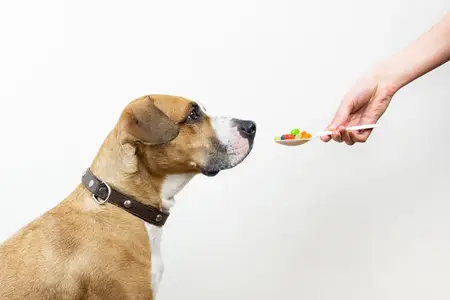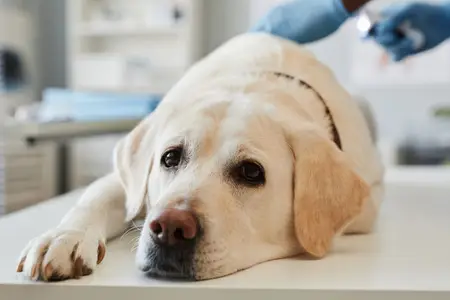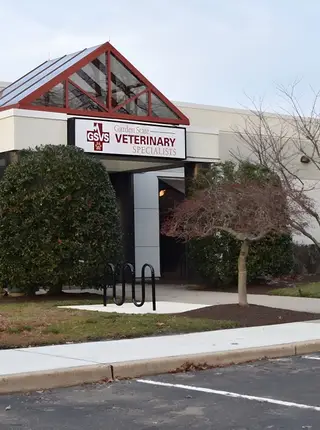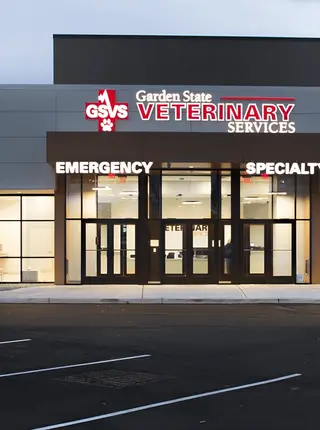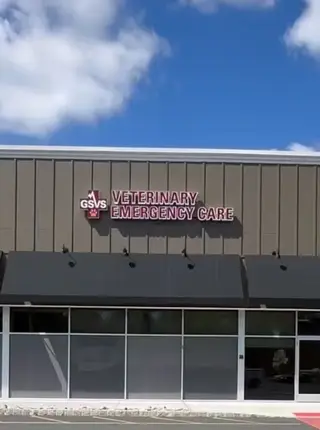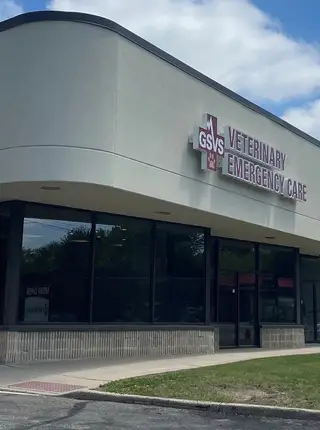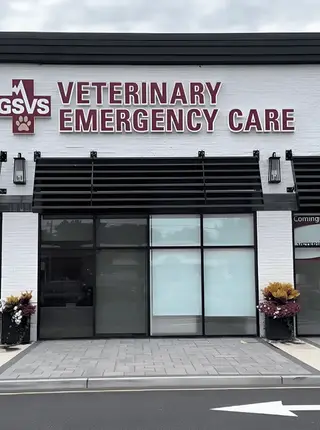Canine mastitis can transform from a minor irritation to a life-threatening emergency in just hours. This painful inflammation of a dog's mammary glands requires quick recognition and proper care.
Knowing when to seek emergency help for mastitis could save your dog's life and protect her nursing puppies. Let's explore the warning signs that indicate your dog needs immediate veterinary attention.
Top Questions About Mastitis in Dogs
When should I rush my dog to an emergency clinic?
Canine mastitis becomes an emergency when your dog shows signs of severe infection. Rush to an emergency clinic if you notice hot, painful mammary glands with dark red or purple discoloration, pus-like discharge, fever, extreme low energy, or refusal to nurse puppies. These symptoms indicate the infection may be spreading throughout your dog's body. Call ahead to confirm the clinic can see your dog right away.
Can my dog safely nurse puppies during mastitis?
With mild mastitis, nursing can often continue if your dog remains comfortable and the milk appears normal. However, severe cases may require temporary separation from puppies to allow the mother to heal. A veterinarian should make this determination based on the severity of infection and your dog's comfort level. Hand-feeding puppies may be necessary during treatment.
What if the mammary gland becomes discolored or feels extremely hard?
Dark red, purple, or black discoloration of the mammary gland signals a potentially life-threatening condition called gangrenous mastitis. An extremely hard, painful gland may indicate abscess formation or severe inflammation. Both conditions require quick veterinary care to prevent tissue death and systemic infection.
Why Dogs Develop Mastitis
Mastitis happens when bacteria enter the mammary glands through small cracks in the nipples or skin. This commonly happens during nursing when puppies' nails scratch the skin or when milk isn't completely removed from the glands. Poor hygiene in the whelping area increases infection risk. Stress, abrupt weaning, or trauma to the mammary glands can also contribute to mastitis development.
Spotting Mild Cases
Mild canine mastitis presents as slight redness, warmth, and tenderness in one or more mammary glands. The affected gland may appear slightly swollen compared to others. Your dog might show minor discomfort when nursing or when the area is touched but continues to care for her puppies normally. Milk may look slightly thicker than usual but remains white or cream-colored without strong odor.
Recognizing Serious Cases
Serious mastitis cases show pronounced swelling, intense pain, and hot, firm mammary glands. The milk often appears discolored (yellow, brown, or bloody) with a foul smell. Your dog may develop fever, stop eating, appear extremely tired, or refuse to let puppies nurse. These signs indicate a rapidly worsening infection that needs emergency veterinary care.
What To Do
Step 1: Call a veterinary clinic
Call a veterinary clinic immediately if you suspect severe mastitis. Describe your dog's symptoms in detail and ask if you should bring her in right away. Don't wait for symptoms to worsen before seeking help.
Step 2: Keep the affected area clean
Gently clean the affected mammary glands with a soft cloth dampened with warm water. Remove any discharge without applying pressure to painful areas. Pat the area dry with a clean towel. Call your veterinarian for specific cleaning instructions if your dog seems uncomfortable.
Step 3: Offer small amounts of water
Provide small sips of fresh water to help prevent dehydration. If your dog refuses water or seems nauseous, don't force drinking. Call your veterinarian or emergency clinic for specific feeding and watering instructions based on your dog's condition.
Potential Life-Threatening Conditions
Untreated mastitis can progress to abscess formation, where pockets of infection develop within the mammary tissue. In severe cases, gangrenous mastitis can develop when blood supply to the mammary tissue is compromised. This causes tissue death and can lead to septic shock, a life-threatening condition requiring quick intensive care.
Helping Your Pet Before The Vet Visit
Create a quiet, comfortable space away from puppies if your dog seems very uncomfortable nursing. Monitor your dog's temperature if advised by a veterinarian. Keep track of any changes in the appearance of the mammary glands or discharge to report to your veterinarian. Don't apply heat or cold to the affected area unless specifically instructed by your veterinarian.
Preventing Future Mastitis
Keep the whelping area clean by changing bedding daily and removing soiled materials promptly. Trim puppies' nails regularly to prevent scratches to the mother's mammary glands. Watch for nursing sessions to ensure puppies feed from all mammary glands equally, preventing milk buildup in unused glands. Implement gradual weaning to reduce pressure and inflammation in the mammary glands as puppies transition to solid food.
We're Here To Help
Our hospitals provide care for dogs with mastitis, from mild cases to severe emergencies. We understand the urgency of these situations and can determine whether your dog needs quick attention or can be seen by your regular veterinarian.
For mild symptoms like slight redness or warmth without fever or significant pain, your primary veterinarian may be appropriate for care. Severe symptoms like extreme pain, dark discoloration, pus discharge, or fever require emergency evaluation.
If you're not sure, call us — we can talk you through the situation.
Key Takeaways
- Redness, swelling, and pain that progress rapidly or are accompanied by fever and low energy require quick veterinary attention
- Maintaining clean nursing conditions and watching for both mother and puppies closely helps prevent mastitis
- When in doubt about your dog's condition, always consult with a veterinary professional rather than waiting to see if symptoms improve
The information contained in the article is for informational purposes only and is not intended to take the place of the advice of a veterinarian.
